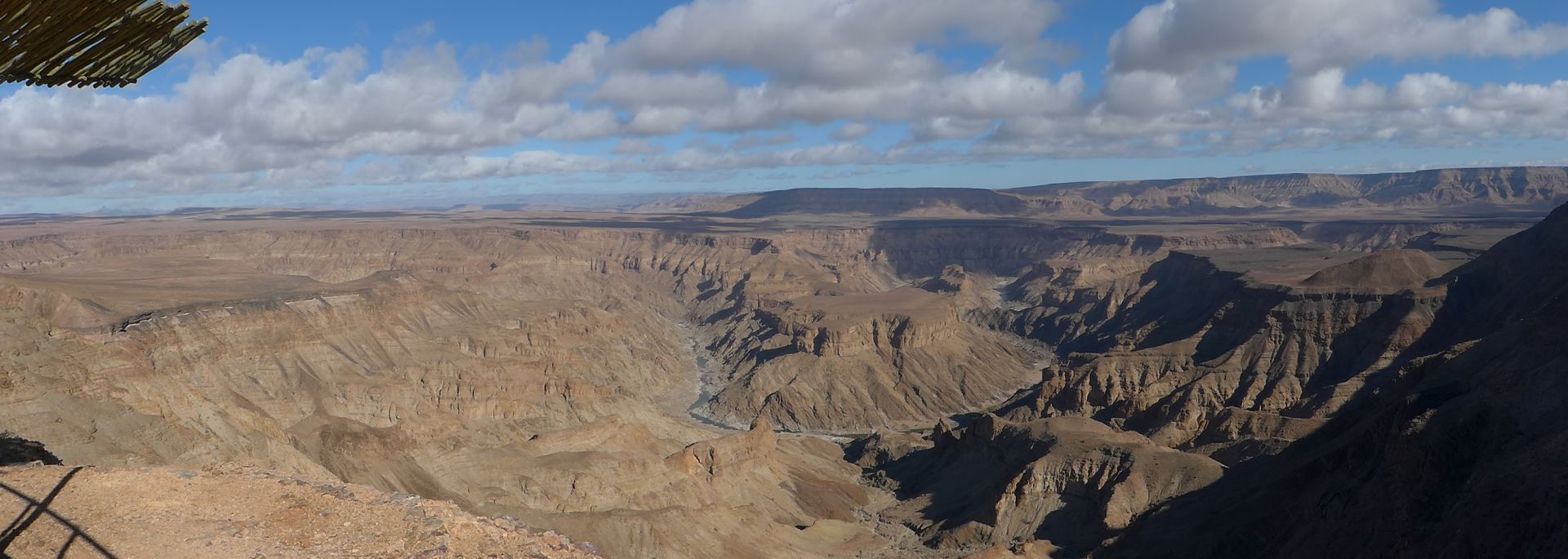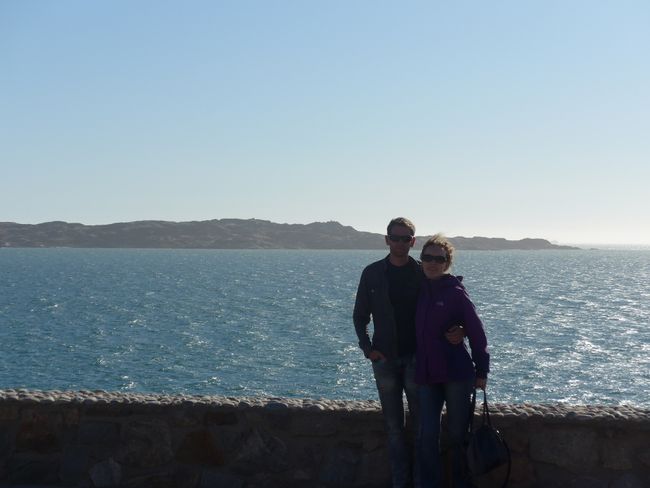Horror in the evening, nostalgia with the horse tram and in the open-air museum (from Victor Habor to Robe, Australia Part 11)
ପ୍ରକାଶିତ |: 26.10.2018
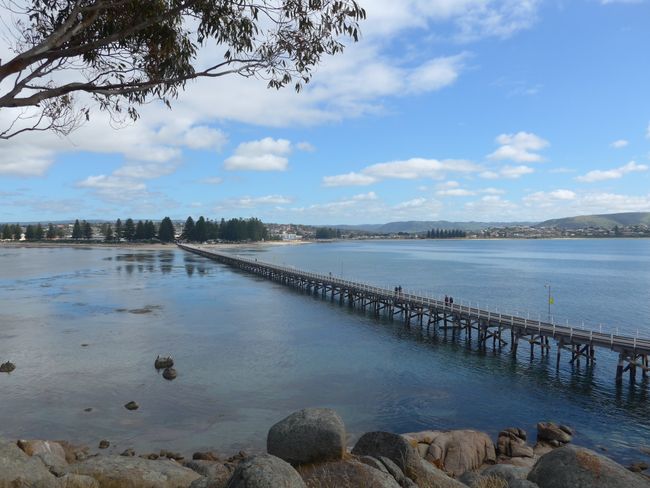
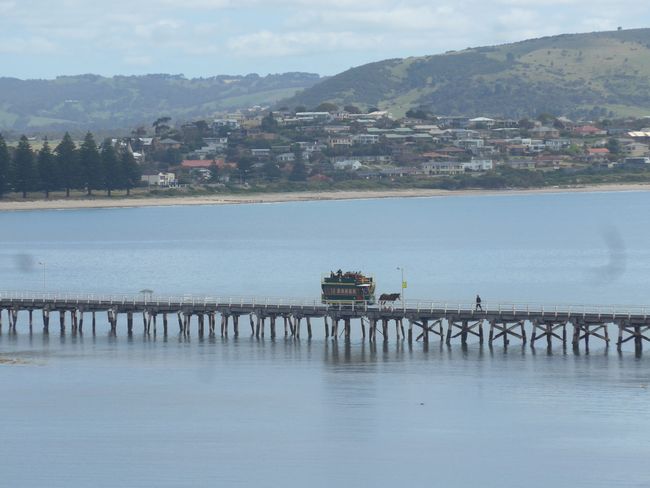
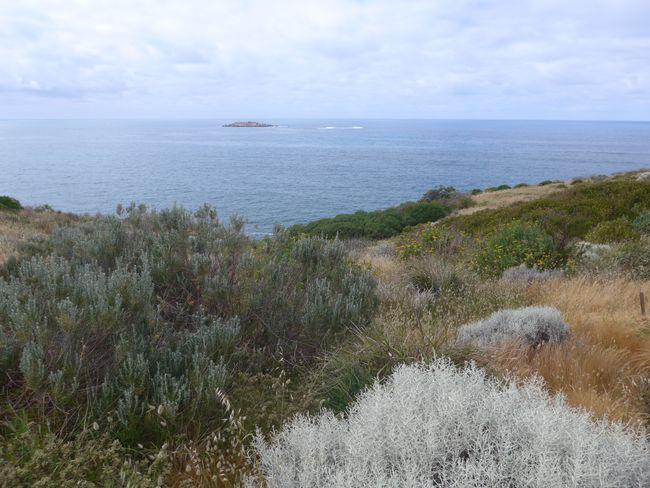
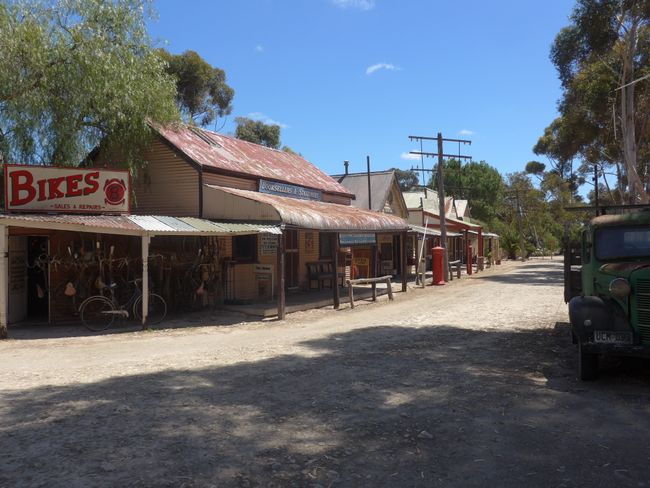
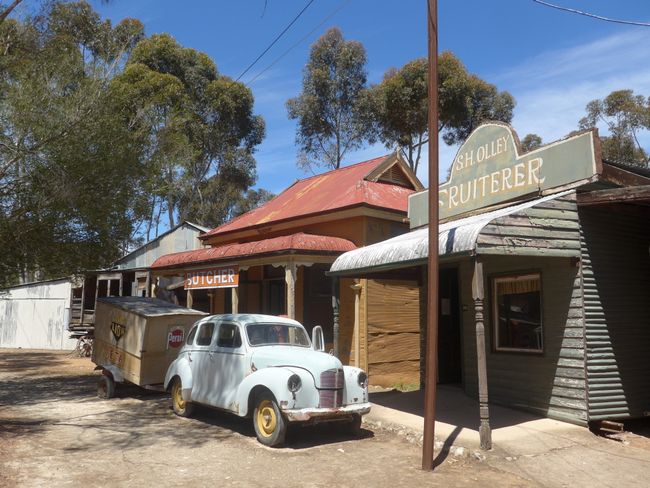
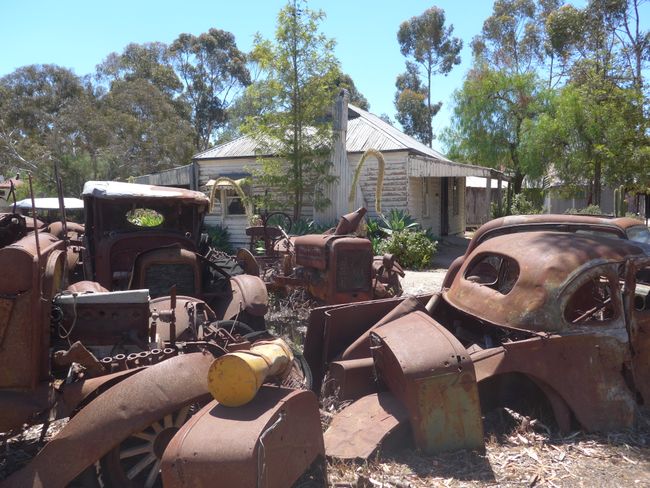
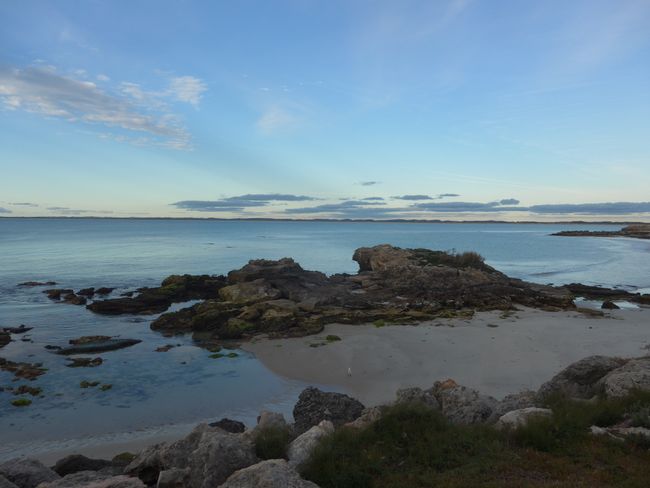

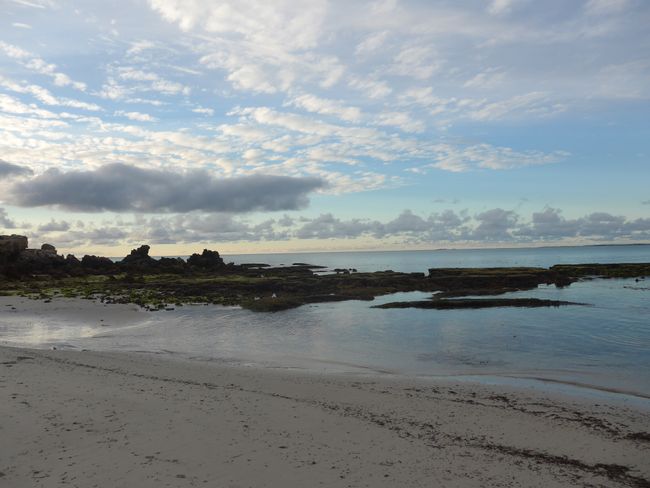
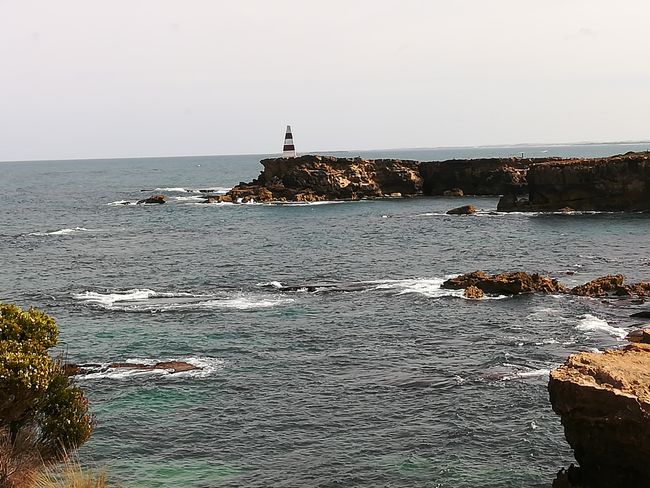
ସମ୍ବାଦପତ୍ରକୁ ସବସ୍କ୍ରାଇବ କରନ୍ତୁ |
In the evening, we arrived at our apartment in Victor Habor and realized that there was no reception and we didn't know how to get into the room. Of course, the mobile phone call didn't work either, despite our Australian SIM card. Finally, we reached someone via SMS and got the code for the key box, which the travel agency should have told us.
Happy to finally get inside (the temperatures are quite unusual for us in spring, below 20°C), we started unloading our suitcases - until the door slammed shut and we realized with horror that the key was still inside the apartment.
Now the SMS messaging didn't work anymore (for some reason) and we thought we would have to spend the night in the car, until we came up with the idea of putting the SIM card in another phone. Now we could actually make calls and ask for help. We were assured that the caretaker would come to our rescue - only he was currently on his way and would need another 45 minutes.
There was an emergency key box that we had to search for at another house on the street. When we finally found it, we eagerly entered the code and found out that it was unfortunately wrong. After another phone call, finally, when we were about to give up, we received the correct code via text message and we could finally get inside. In the future, we will always take the key with us when we leave the room...
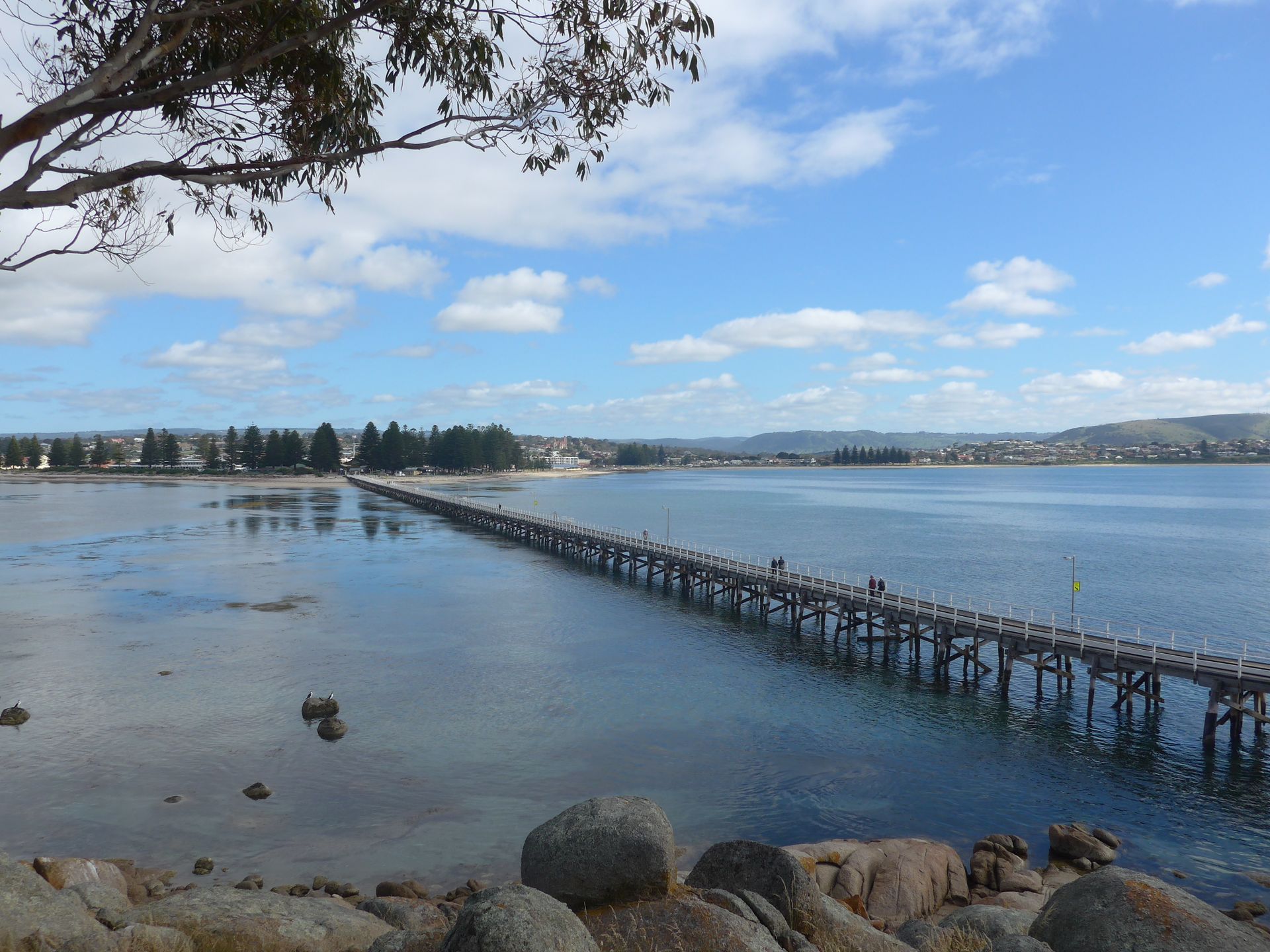
The next morning, we visited Granite Island, a small island located nearby, which we reached by walking on a bridge. A circular path leads around the island with several beautiful viewpoints of the mainland and the sea.
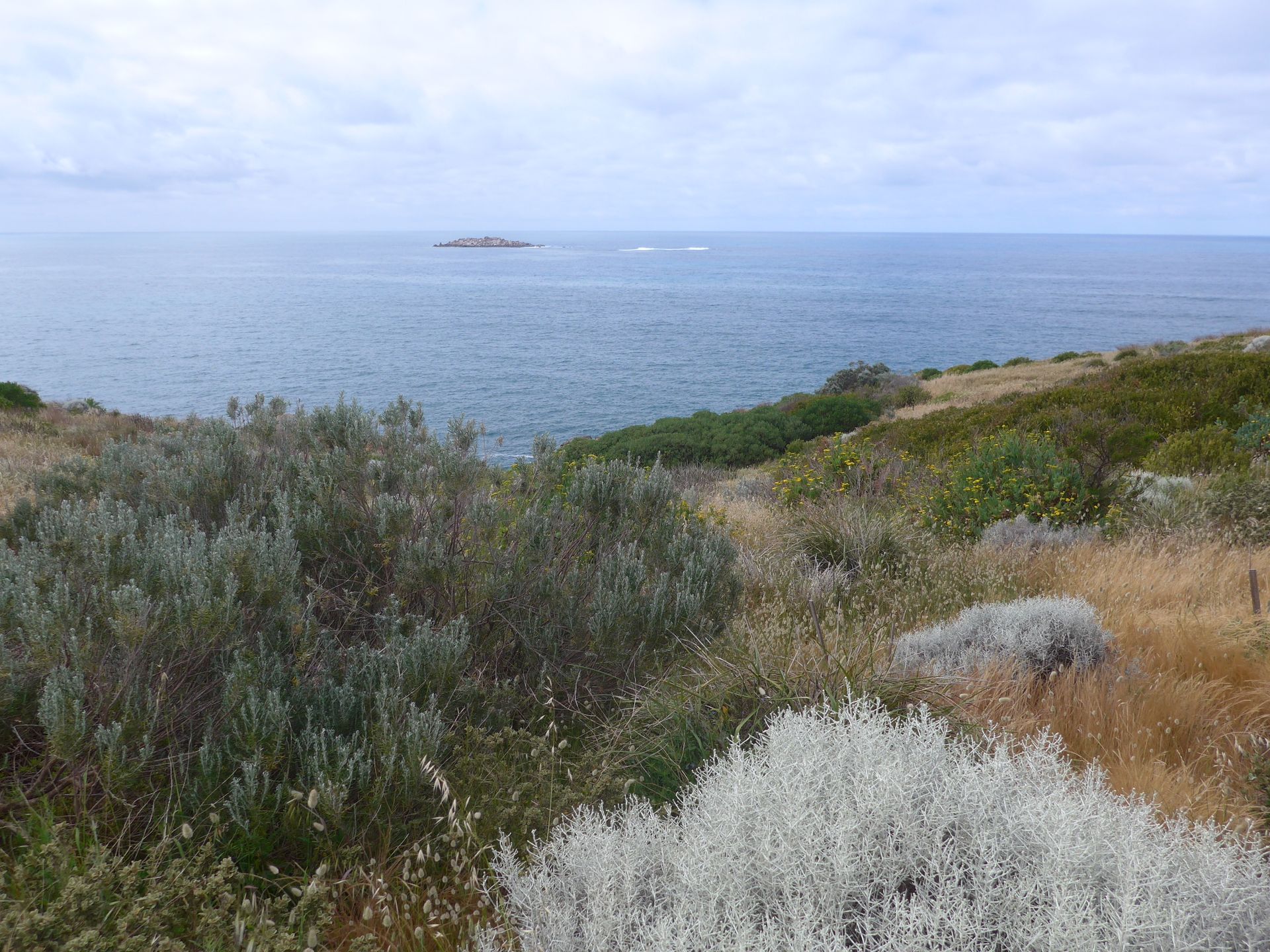
On the way back, we took one of the few remaining horse trams, which are still operating today. A cozy horse pulls a tram car that can accommodate over 30 people, crossing the bridge back to the mainland or the island.

Originally, this tram operated as a public transportation system to the harbor on the island from 1894 to 1956. Then the trams were scrapped. In 1986, it resumed operations with exact replicas of the original cars. So now, the eight horses of the company pull one of the four cars day in and day out - now loaded with tourists.

We continued southwards and made a stop in Tailem Bend, where according to the travel guide, there should be an open-air museum. We expected a small museum with a few buildings. To our surprise, the 'Old Tailem Town Pioneer Village' had a large area with over 100 buildings.

We were welcomed with music from the first half of the 20th century, which played throughout the exhibition area, and a very friendly staff member.
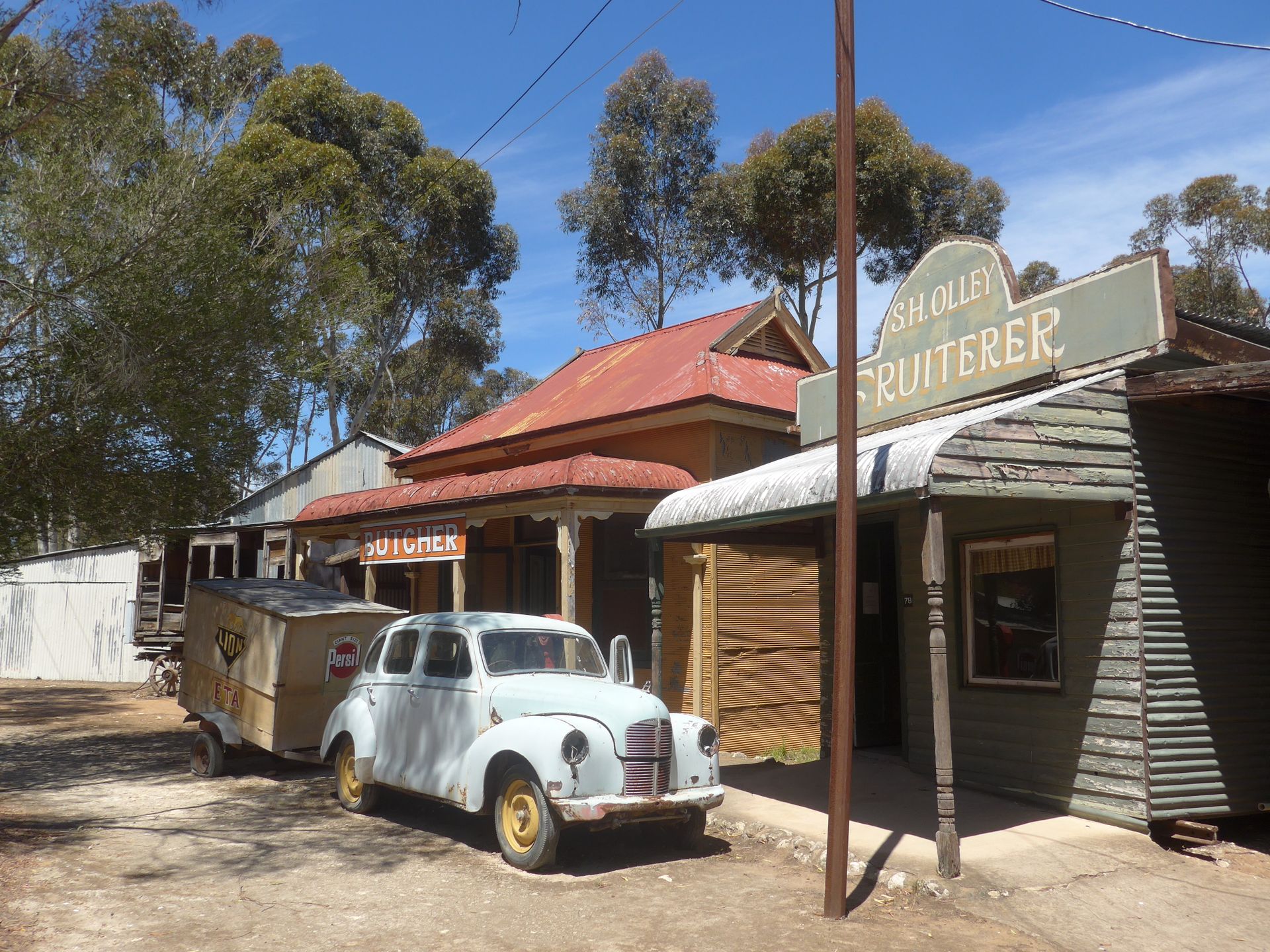
An old Australian town was recreated, intentionally designed to look like a ghost town. The exhibition seemed a bit haphazard in parts, but it provided an interesting insight into the lives of the Australian settlers and later times.
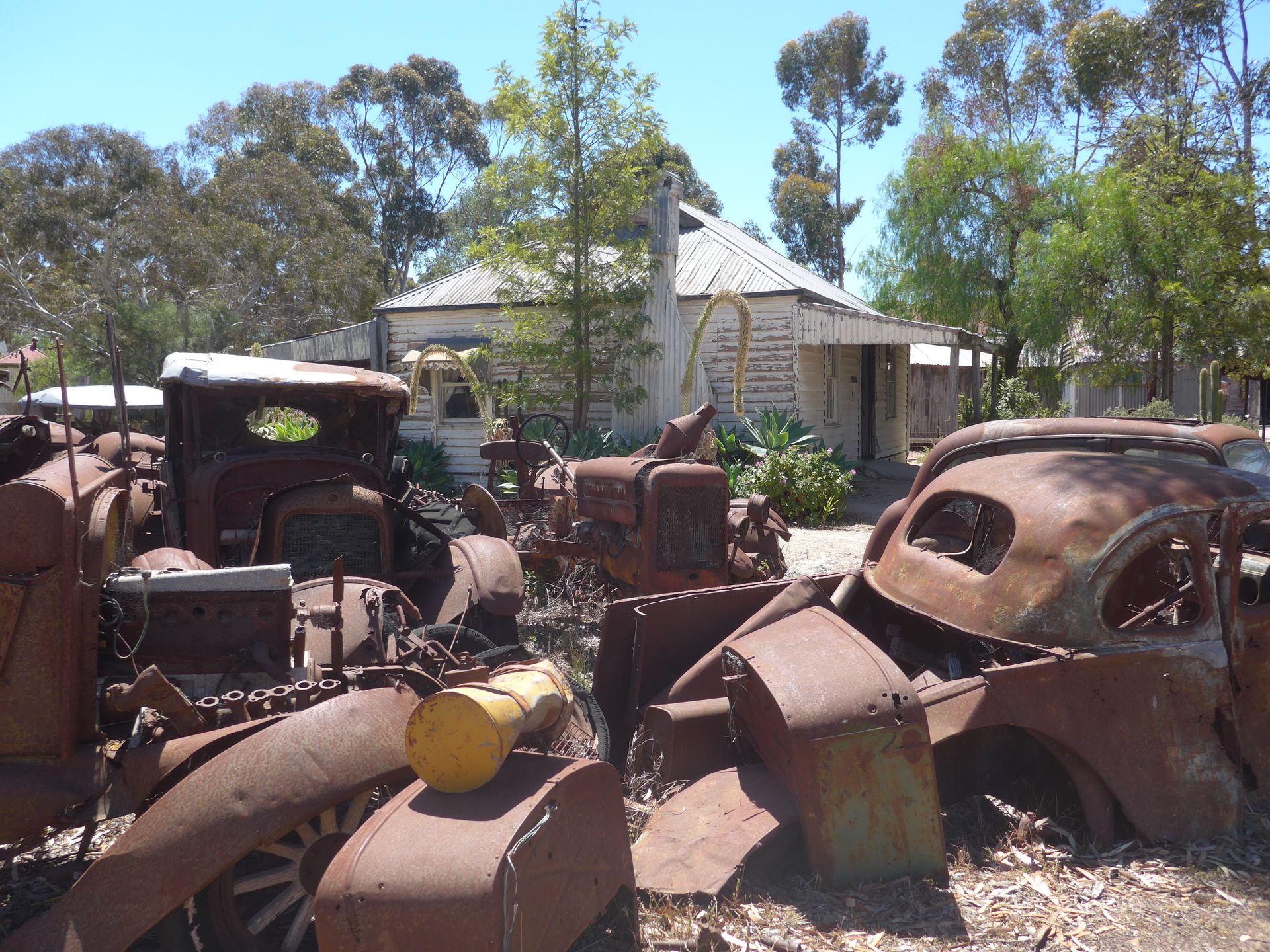
We still had some driving ahead of us, so we didn't stay too late and took the slightly bumpy Australian roads to Robe.

Robe is a small town on the Limestone Coast with around 1200 residents. We took a walk along the beach in the evening and explored the coastal town.


ସମ୍ବାଦପତ୍ରକୁ ସବସ୍କ୍ରାଇବ କରନ୍ତୁ |
ଉତ୍ତର
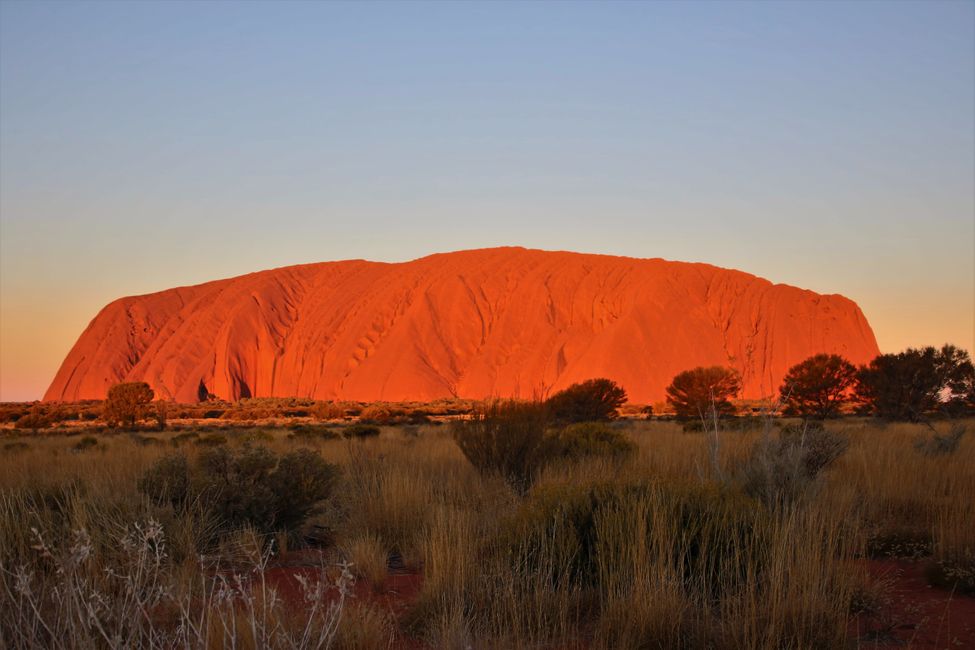
ଭ୍ରମଣ ରିପୋର୍ଟ ଅଷ୍ଟ୍ରେଲିଆ
